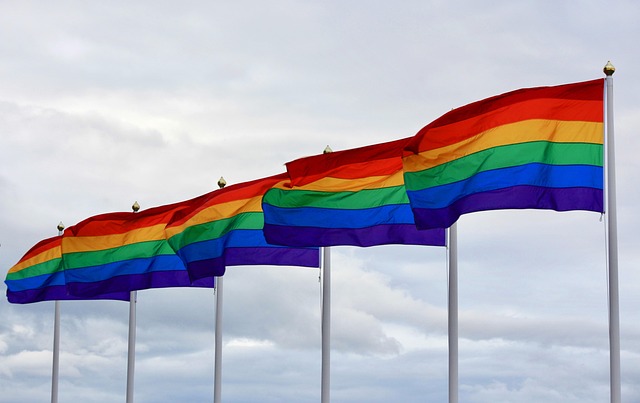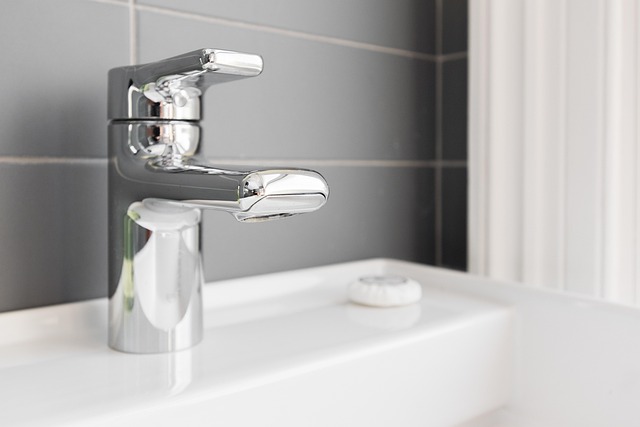
Non-binary Pronouns
Understanding Non-binary Pronouns
In a world where the only constant is change (and maybe your Wi-Fi connection), it’s essential to embrace the rich tapestry of human identity. One of the most intriguing aspects of this is the concept of non-binary identities and the pronouns that accompany them. So, what’s the deal with non-binary pronouns? Let’s dive in!
What Does Non-binary Mean?
First off, let’s break it down. Non-binary is an umbrella term for gender identities that don’t fit neatly into the traditional categories of male or female. Think of it as the “choose your own adventure” of gender! Individuals who identify as non-binary might use terms like genderqueer, agender, bigender, or genderfluid. Each term is unique, and while they all share a common theme of rejecting the binary, they convey different experiences. So, if you’re confused, don’t worry—just ask politely! 😊
Pronouns: The Basics
Pronouns are like the secret agents of language. They help us refer to people without constantly using their names. The most common pronouns are he/him and she/her, but non-binary individuals often prefer they/them pronouns. Yes, you heard that right! “They” is not just for plural situations anymore; it’s gone solo and is here to stay. And just like that, your grammar teacher’s head might be spinning, but hang tight!
Why Use Non-binary Pronouns?
Using the correct pronouns is a simple yet powerful act of respect. It acknowledges a person's identity and helps create a more inclusive environment. Plus, it’s a great way to show that you’re a decent human being. After all, who wouldn’t want to be known as the friend who remembers to use “they” instead of defaulting to “he” or “she”? It’s like being the superhero of social interactions!
How to Use Non-binary Pronouns
Using non-binary pronouns is as easy as pie (and who doesn’t love pie?). Here are a few tips to help you navigate this new linguistic territory:
- Ask: If you’re unsure of someone’s pronouns, just ask! A simple “What pronouns do you use?” can go a long way.
- Practice: If you’re not used to using they/them pronouns, practice makes perfect! Try using them in sentences when you’re alone. Your pet might think you’ve lost it, but it’s all good!
- Apologize if you mess up: If you accidentally use the wrong pronoun, a quick “I’m sorry, I meant they” is usually sufficient. No need to make it a big deal—just move on!
- Be patient: It might take some time to adjust, and that’s perfectly okay. Everyone’s learning together!
Conclusion
In a nutshell, non-binary pronouns are just one part of the beautiful spectrum of gender identity. Embracing them not only enriches our language but also fosters a more inclusive society. So, let’s all do our part to be respectful and understanding. After all, the world could always use a little more kindness and a lot less confusion! 🌈

















 The Weather Preparedness Tax Free Weekend
The Weather Preparedness Tax Free Weekend 
 Health
Health  Fitness
Fitness  Lifestyle
Lifestyle  Tech
Tech  Travel
Travel  Food
Food  Education
Education  Parenting
Parenting  Career & Work
Career & Work  Hobbies
Hobbies  Wellness
Wellness  Beauty
Beauty  Cars
Cars  Art
Art  Science
Science  Culture
Culture  Books
Books  Music
Music  Movies
Movies  Gaming
Gaming  Sports
Sports  Nature
Nature  Home & Garden
Home & Garden  Business & Finance
Business & Finance  Relationships
Relationships  Pets
Pets  Shopping
Shopping  Mindset & Inspiration
Mindset & Inspiration  Environment
Environment  Gadgets
Gadgets  Politics
Politics 